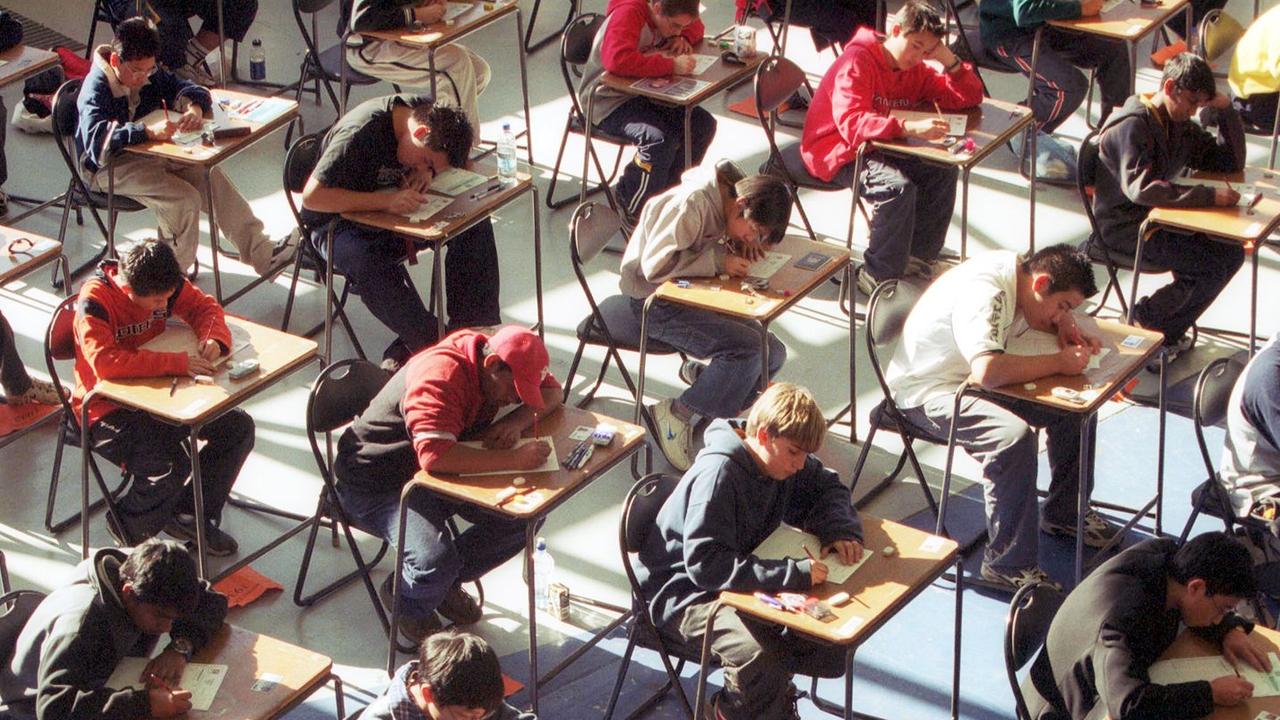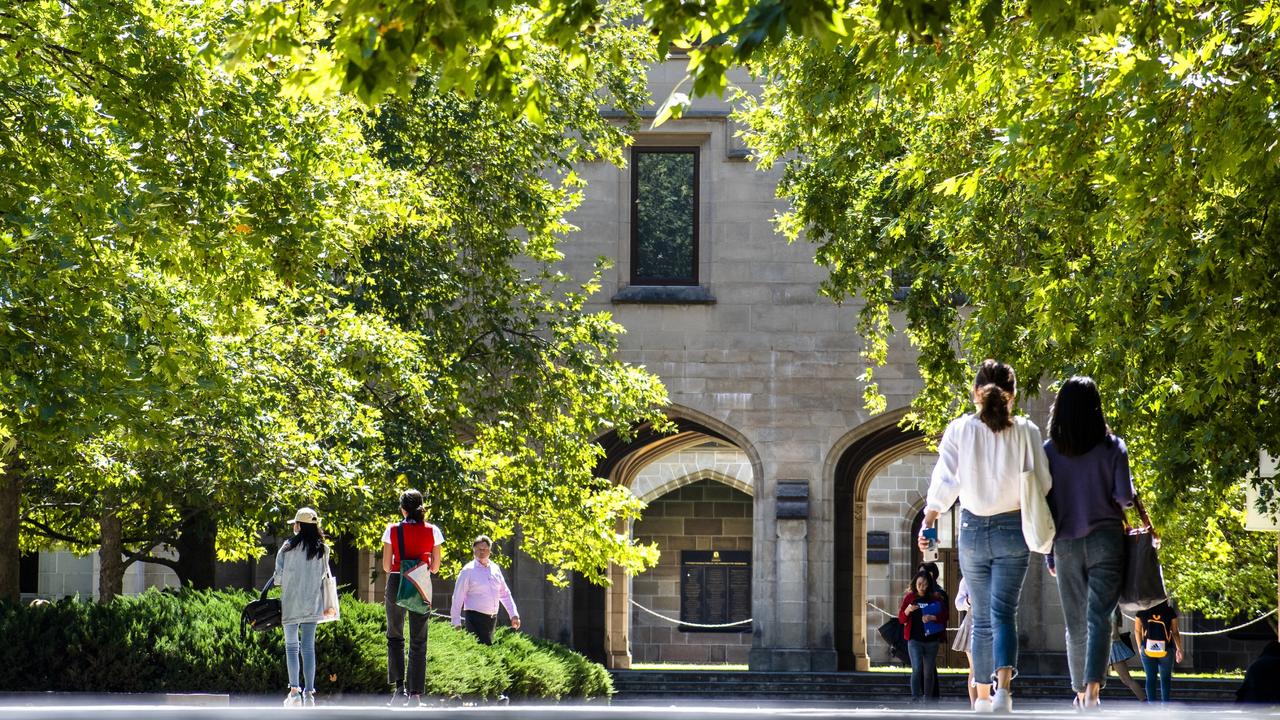Bullying revealed as top reason kids are skipping school: Monash University
Nearly half of all senior Victorian school students are regularly skipping class for this worrying reason.

Education
Don't miss out on the headlines from Education. Followed categories will be added to My News.
Bullying has been revealed as a leading cause of Victoria’s growing number of “empty classrooms”, with new figures showing nearly half of all senior Victorian students are regularly skipping class.
High school students are now missing a month a year of school on average, adding up to more than a full year of lost classes throughout 13 years of schooling.
Preliminary data from interviews with teens and parents conducted by Dr Pamela Patrick from Monash University shows anxiety and not feeling connected are key problems for many children reluctant to go to school.
The top concerns from teens were “bullying, feeling like their absence did not make a difference to anyone, and finding their subjects irrelevant and inapplicable,” Dr Patrick said.
“Several explained the lockdowns were proof that home-based learning was possible over a prolonged period, making them question whether there was a need to physically attend school,” she said.
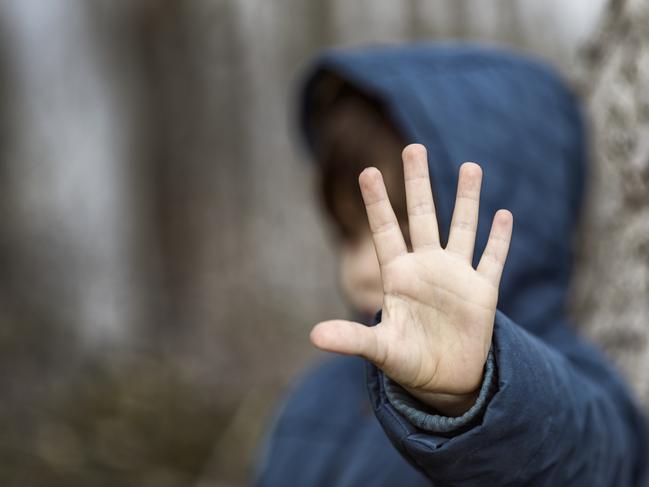
Students reported the “teasing and naysaying” started at school and sometimes continued over social media at home.
It comes as Australia’s bullying rate is three times the international average and has been highlighted as a “major issue of concern” by the OECD.
New federal government figures from 2023 show only 54 per cent of pupils in years seven to 10 are attending school 90 per cent or more of the time or more – a drop of 20 per cent from 2015.
This equates to 168,480 out of 312,000 students who are regularly skipping class.
The data also shows the attendance rate – the proportion of actual days students go to school – is now just 85 per cent for those in years seven to 10, compared to 91 per cent in 2015.
This means that senior students on average now miss 30 out of 200 days of school each year.
From year one to year 10, students miss 24 out of 200 days, which equals more than a year of schooling across the ten years.
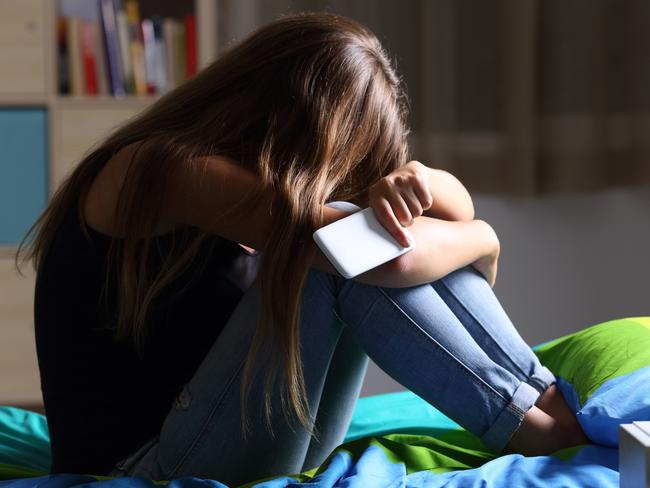
Overall, just 62 per cent of Victorian students from years one to ten are meeting attendance benchmarks compared to 79 per cent in 2015 – a drop of 17 per cent.
This means 340,000 students out of 895,000 are regularly missing school.
Students in year nine are the most disengaged, with only 50 per cent going to school 90 per cent of the time or more.
This compares to 70 per cent of students in 2015 – the first year the figures were collated by the Australian Curriculum, Assessment and Reporting Authority.
Dr Patrick, an educational and developmental psychologist, said the small group of teens interviewed as a pilot project reported they were bullied at times for not being as academically competent as their peers.
“This happened in classrooms and at times continued over social media platforms.
“For others, it was having a very select group of friends they felt comfortable with. When these friends were not at school (eg: away on camp, school excursions), it made teens in our study less inclined to attend school as they found it too anxiety-provoking to be around others they were less familiar with,” she said.
Dr Patrick said research showed that: “the longer a young person stays away from school, the stronger the anxiety is when attempts are made to re-engage with school”.
She said teens wanted “stronger teacher-student connections. They also wanted to feel ‘seen’ as a person in the classroom”.
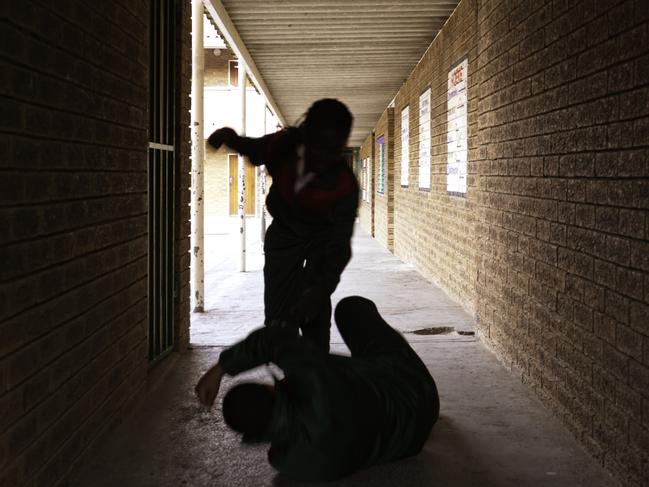
Dr Patrick said schools should consider “reprioritising teachers’ role and responsibilities
to create more time in the day for classroom interactions” in order to make schools feel more inclusive and inviting, particularly for young people with existing socio-emotional difficulties”.
Professor Matt Sanders from the University of Queensland, founder of the Triple P parenting program, said a survey of more than 8000 parents across the nation showed many were struggling to support their children with school refusal and mental health issues.
“The results expose what’s really going on for families in Australia right now, set against a backdrop of compounding financial pressure, an increase in kids’ mental health and wellbeing concerns, and the growing issue of school refusal,” Prof Sanders said.



